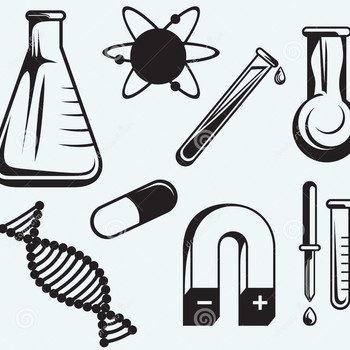How does wavelength affect lasers?
1 Answer
Higher Frequencies will result in more powerful lasers but will also affect how that laser interacts with its target (wavelength will have an inverse, but equal affect).
Explanation:
As you change the wavelength or frequency, you also change the kind of light. If light is of a lower frequency (High Wavelength) then you may produce radio or microwaves (Sweet Jams or Cooked Food). Higher frequencies (Lower Wavelengths) may result in visible light (Look at that rainbow) or even ultra-violet (Sun tans and/or skin cancer). Higher frequencies (Lower Wavelengths) still could produce X-rays (Look at those bones) or even Gamma Radiation (HULK OUT).
So depending on how you change/choose the frequency and wavelength of a laser you will get different varieties of light with different affects on your target.
A laser attempts to produce photons traveling parallel to one another in the same direction, essentially concentrating the photons into as small an area as possible. This will actually be the main source of how powerful a laser is, rather than what its frequency or wavelength is. The true measure of a laser is how well it can pack photons into a small area.
However, it is also true (According to the photon energy formula

